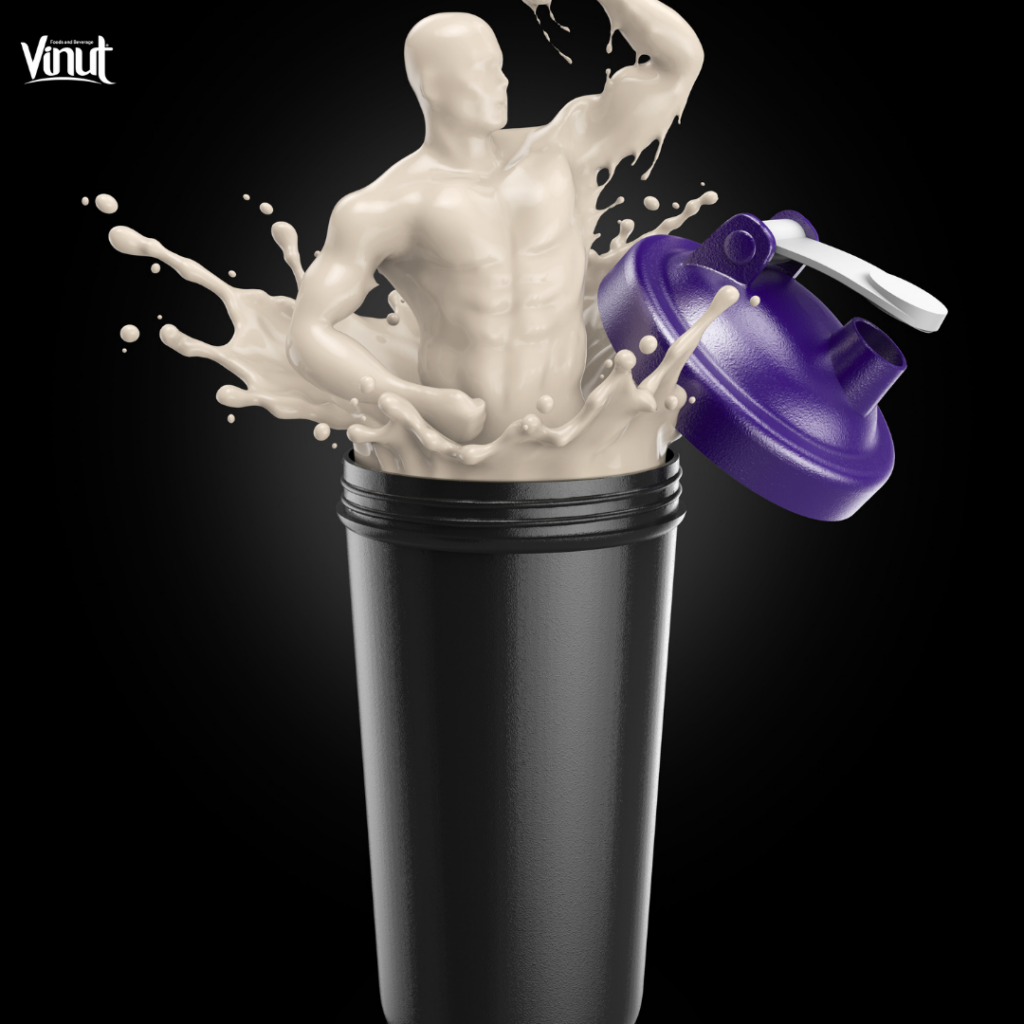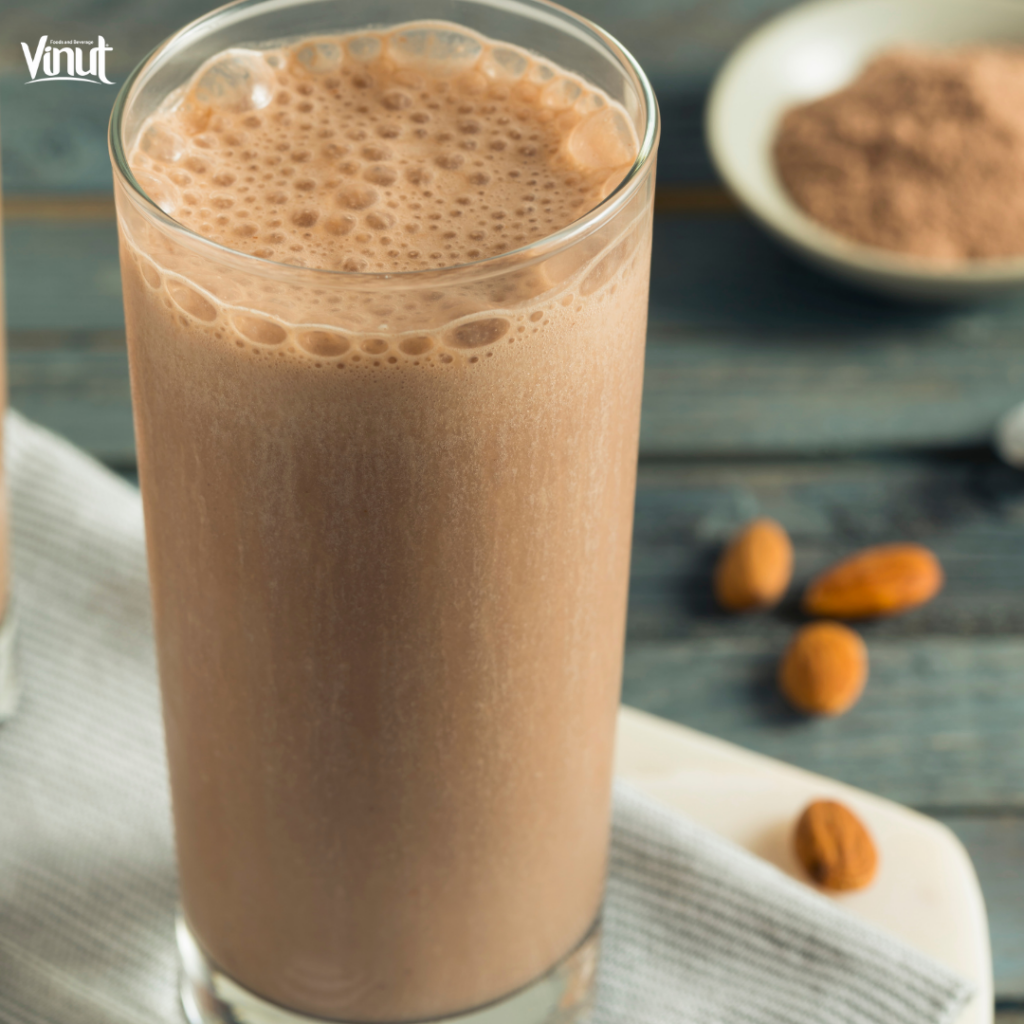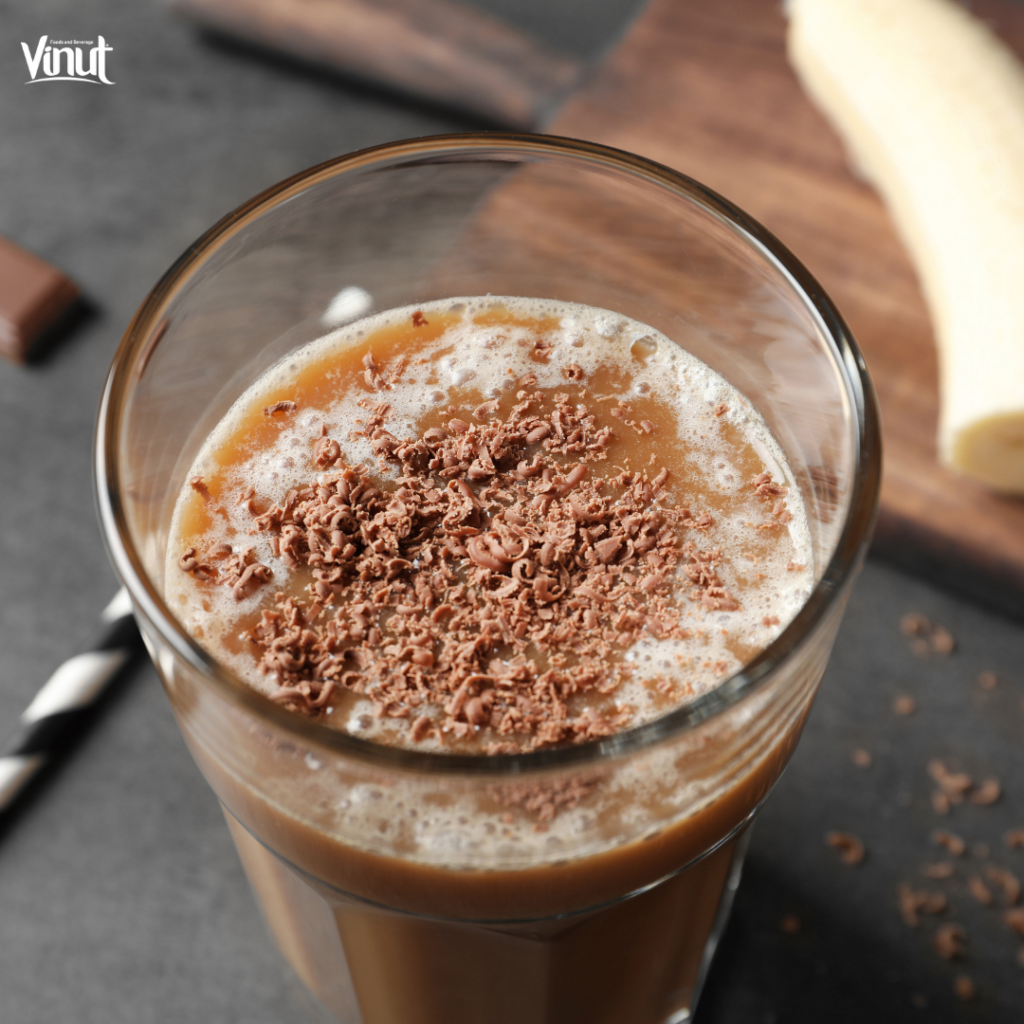
News
How to Make the Perfect Protein Milkshake at Home

Protein is an essential nutrient that plays a crucial role in the body’s overall function, from building and repairing tissues to producing enzymes and hormones. For those looking to meet their protein needs, protein milkshakes offer a convenient and delicious solution. Today Cojo Cojo will showMaking a protein milkshake at home allows you to control the ingredients and customize it to your taste and nutritional needs.

Table of Contents
Understanding Protein Milkshakes
What is a Protein Milkshake?
A protein milkshake is a creamy beverage made by blending protein powder with a liquid base, often enhanced with additional ingredients like fruits, vegetables, and sweeteners. It is designed to provide a high concentration of protein in a convenient, drinkable form.
Why Choose a Protein Milkshake Over Other Protein Sources?
Protein milkshakes are popular because they are quick to prepare, easy to consume, and can be customized to suit different dietary preferences. Unlike other protein sources like meat or legumes, a protein milkshake can be consumed on the go and is easily digestible, making it an excellent option for post-workout recovery.
Ideal Times to Consume Protein Milkshakes
The best time to consume a protein milkshake depends on your goals. For muscle recovery, drinking a protein shake within 30 minutes of exercising is ideal. It can also be consumed as a meal replacement, breakfast, or a healthy snack to curb hunger between meals.

Choosing the Right Protein Powder
Types of Protein Powder: Whey, Casein, Plant-Based
The foundation of any good protein milkshake is the protein powder. The most common types are:
- Whey Protein: Derived from milk, whey is quickly absorbed and is ideal for post-workout recovery.
- Casein Protein: Also milk-derived, casein is absorbed more slowly, making it better for sustained protein release, such as before bed.
- Plant-Based Protein: Sourced from peas, hemp, or rice, plant-based protein is perfect for vegans or those with lactose intolerance.
Selecting the Right Protein Powder for Your Needs
When choosing a protein powder, consider your dietary restrictions, fitness goals, and flavor preferences. For muscle building, whey is often recommended, while those looking to maintain muscle mass overnight might prefer casein. Plant-based powders are ideal for a clean, vegan-friendly option.
Flavored vs. Unflavored Protein Powder
Flavored protein powders are convenient and can make your milkshake taste like a dessert. However, unflavored powders offer more versatility, allowing you to add your own natural flavors like fruits or cocoa powder without any additional sugars or artificial ingredients.

Essential Ingredients for a Perfect Protein Milkshake
Base Liquids: Milk, Almond Milk, Water
The liquid you choose as the base of your protein milkshake will affect its taste and texture. Dairy milk adds creaminess and extra protein, almond milk provides a nutty flavor with fewer calories, and water is the simplest, calorie-free option.
Healthy Additives: Fruits, Vegetables, Nuts
Enhance your protein milkshake by adding nutrient-rich ingredients. Berries, bananas, spinach, and avocado can boost the fiber, vitamin, and mineral content. Nuts and seeds like almond butter or chia seeds add healthy fats and a creamy texture.
Sweeteners: Natural vs. Artificial
While some protein powders are already sweetened, you might want to add a bit more sweetness. Natural sweeteners like honey, maple syrup, or dates are healthier alternatives to artificial sweeteners, offering additional nutrients without the empty calories.
Step-by-Step Guide to Making a Protein Milkshake
Gathering Ingredients
Start by gathering all your ingredients. This typically includes your chosen protein powder, liquid base, and any additional fruits, vegetables, or sweeteners.
Blending Techniques for Smooth Consistency
The key to a perfect protein milkshake is achieving a smooth, lump-free consistency. Start by blending your liquid base and protein powder together, then gradually add other ingredients. Blend until everything is fully incorporated.
Adjusting the Thickness of Your Milkshake
The thickness of your milkshake can be adjusted by altering the amount of liquid. For a thicker shake, use less liquid, and for a thinner consistency, add more. You can also add ice or frozen fruits to thicken the shake without extra calories.

Customizing Your Protein Milkshake
Adding Superfoods for Extra Nutritional Benefits
Incorporating superfoods like chia seeds, flaxseeds, or spirulina can provide additional health benefits. These ingredients are rich in omega-3 fatty acids, antioxidants, and essential vitamins, making your shake even more nutritious.
Tailoring the Recipe for Specific Dietary Needs (Vegan, Keto, etc.)
Whether you’re following a vegan, keto, or gluten-free diet, your protein milkshake can be adapted to meet these requirements. Use plant-based protein powders and almond milk for a vegan shake, or add more healthy fats like coconut oil for a keto-friendly option.
Flavor Variations: Chocolate, Vanilla, Berry, etc.
Experiment with different flavors to keep your protein milkshake interesting. Add cocoa powder for a chocolate shake, vanilla extract for a classic taste, or a mix of berries for a fruity twist.
Common Mistakes to Avoid
Overloading on Sweeteners
While it’s tempting to make your shake sweeter, overloading on sweeteners, even natural ones, can add unnecessary calories and sugar. Stick to small amounts or rely on the natural sweetness of fruits.
Ignoring Macros: The Balance of Protein, Carbs, and Fats
A balanced protein milkshake should have an appropriate ratio of protein, carbohydrates, and fats. Ignoring this balance can lead to a shake that’s too high in sugar or lacking in essential fats, which are important for satiety and overall health.
Using Low-Quality Ingredients
The quality of your protein milkshake largely depends on the ingredients you use. Opt for high-quality protein powders, fresh fruits, and natural sweeteners. Avoid processed or artificial ingredients that can diminish the health benefits of your shake.

Storing and Preserving Protein Milkshakes
Best Practices for Refrigeration
If you’re making your protein milkshake ahead of time, it’s important to store it properly. Keep your shake in an airtight container in the refrigerator to maintain freshness. It’s best consumed within 24 hours for optimal taste and nutritional value.
How Long Can a Protein Milkshake Last?
While a freshly made protein milkshake is best, it can last up to 24 hours in the fridge. After this period, the texture may change, and the ingredients might separate. Give it a good shake or stir before consuming if it has been stored.
Prepping Protein Milkshakes in Advance
For those with a busy schedule, prepping protein shakes in advance can be a lifesaver. You can prepare your ingredients the night before, store them in the fridge, and blend them fresh in the morning for a quick, nutritious breakfast.
Benefits of Including Protein Milkshakes in Your Daily Routine
Muscle Recovery and Growth
Protein is essential for muscle repair and growth, making protein milkshakes an excellent post-workout option. The protein helps to rebuild muscle fibers that are broken down during exercise, promoting faster recovery and muscle growth.
Weight Management and Satiety
Protein milkshakes can also aid in weight management. Protein increases satiety, helping you feel full longer and reducing overall calorie intake. A protein-rich shake can be a great meal replacement or snack to curb hunger.
Enhanced Nutrient Absorption
Adding fruits, vegetables, and superfoods to your protein milkshake not only boosts the flavor but also enhances nutrient absorption. The combination of protein, healthy fats, and fiber ensures that your body absorbs the nutrients efficiently.

Conclusion
Creating the perfect protein milkshake at home is both an art and a science. By carefully selecting your ingredients, experimenting with flavors, and following proper blending techniques, you can enjoy a delicious, nutritious shake that supports your health and fitness goals. Whether you’re looking to build muscle, manage your weight, or simply enjoy a tasty treat, a homemade protein milkshake is a versatile and convenient option.
FAQs
- What’s the Best Protein Powder for Beginners?
Whey protein is often recommended for beginners due to its high biological value and easy digestibility. Plant-based options like pea protein are also great for those who prefer a vegan alternative. - Can Protein Milkshakes Replace a Meal?
Yes, protein milkshakes can replace a meal if they are well-balanced with the right mix of protein, carbs, and fats. Adding fruits, nuts, and healthy fats can make it a complete meal. - How Often Should I Drink Protein Milkshakes?
This depends on your dietary needs and fitness goals. Most people find that 1-2 protein shakes a day, either as a snack or post-workout, works well. - Is It Safe to Drink Protein Milkshakes Every Day?
Drinking protein milkshakes every day is generally safe as long as you’re not exceeding your daily protein requirements. Ensure you’re also getting protein from whole foods. - How Can I Make My Protein Milkshake Taste Better?
Experiment with different ingredients like fruits, cocoa powder, vanilla extract, and spices like cinnamon to enhance the flavor. Using a high-quality protein powder can also make a big difference in taste.
